JCB Engine Parts
We have an extensive JCB parts catalogue including torque convertors, water pumps, transmission pumps and a whole host of JCB engine parts, whether you're looking for spare parts, or the kit for a complete engine rebuild.
Select 'ENGINE FIX RANGE' from the menu above to request our latest price on any engine part.
About JCB engines
The Formative Years
Just after the end of the Second World War, Joseph Cyril Bamford begins business in a rented lock-up garage in Uttoxeter Staffordshire manufacturing 2 wheel tipping trailers for farmers to hitch to tractors. Four wheeled hydraulic tipping trailers shortly followed in 1948. In 1949 JCB introduced a machine the Major Loader which was deigned to bolt onto a “ Fordson Major Tractor”, shortly followed by a range of loaders for popular tractors. By the end of 1950 JCB had moved to larger premises in nearby Rocester.
1950’s-1960’s
In 1952 whilst visiting Norway Joe Bamford saw his first rudimentary backhoe, realising its potential it inspired him to develop the JCB Mk 1 Excavator, a Fordson Tractor with a hydraulic excavator at the rear and a Major loader at the front with an optional cab. The JCB backhoe loader is born. In this year also the machines started to appear in the famous JCB yellow and shortly afterwards the JCB logo, by 1956 the company is officially incorporated as JC Bamford (Excavators) Ltd. In 1957 JCB launched their first machine to provide a comfortable cab “the Hydra-Digga” and in 1958 a JCB Loadall with an innovative hydraulic shovel, in 1959 the two models were combined to create the first recognisable back hoe loader with a chassis able to take the digging and loading force.
In the 1960’s the JCB4 backhoe loader was launched closely followed by the JCB 3 and then in 1963 by the acknowledged design classic the 3C, In 1964 JCB launched its first crawler excavator the JCB 7.
In 1967 the 3D was launched and in 1968 JCB purchased Lancashire’s Chaseside Engineering company to add a range of hydraulic wheeled loading shovels to its product line, by 1969 JCB were exporting more than 50% of their machines and were awarded their first Queen’s Award for Export Achievement.
1970’s
In 1970 JCB opened its US factory in Baltimore, in 1971 came the JCB 110 hydrostatic crawler loader , a product ahead of its time winning a Design Council Award, by this time JCB was one of the UK’s largest engineering and manufacturing companies with a turnover in excess of 40 million. In the mid 70’s Joseph Bamford retired to be replaced by his son Anthony. Further new developments follow including the 520 telescopic loader a fore runner of the hugely successful Loadall range. By 1978 sales had doubled to over 80 million, so a transmissions factory was built in Wrexham, at the end of the decade a joint venture agreement was signed with the Indian tractor manufacturer Escorts allowing JCB to become the market leader in India.
1980’s
In the 1980’s following a £24 million investment programme the 3CX was launched and was quickly recognised as the market leader in the construction sector, in 1981 the 3CX Sitemaster was launched and becomes JCB’s best ever selling backhoe. Enabling company turnover to grow to exceed 150 million.
1990’s
In 1986 a top-secret project was initiated to design a new type of tractor that would feature higher speeds and incorporate suspension the code name was Project 130. After a 4 year development programme the world’s first genuine high-speed full suspension tractor, the JCB Fastrac is launched, in the same year the more compact 2CX backhoe loader was launched. In 1997 the JCB Teletruk was launched. Also in 1996 JCB had by this time made its 200,000th backhoe making JCB the world leader.
2000 Decade
In year 2000, JCB opened its World Parts Centre in Rocester, a new factory in Brazil and started backhoe loader production in Savannah USA, in 2003 full control of operations in India was undertaken resulting in a £40 million investment in India to create the world’s largest backhoe loader factory.
Following significant technological investment JCB replace the Perkins power unit in the 3CX and 4CX with their own engine designed, developed and manufactured by themselves.

A huge range of spare parts for JCB engines
JCB now offer a complete range of vehicles for the construction industry including models of the following types:
- Agricultural Tractors
- Backhoe Loaders
- Rough Terrain Forklifts
- Dump Trucks
- Earth Moving Equipment
- Loading Shovels
- Telescopic Materials Handlers
- Tractor Loaders
- Mini Diggers Powered by Perkins Shibaura Engines
Engine Fix UK offer a complete range of engine parts that cover the vast majority of the extensive JCB range to enable you to fully rebuild your engine whatever its age.
Get our latest prices on a variety of JCB engine parts. Just select 'ENGINE FIX RANGE' from the menu.

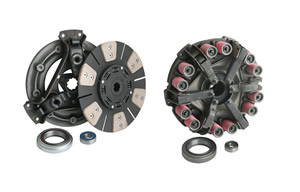
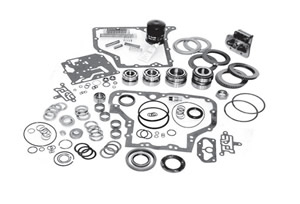
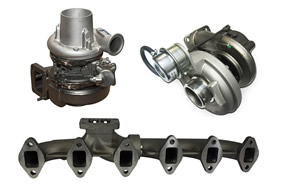
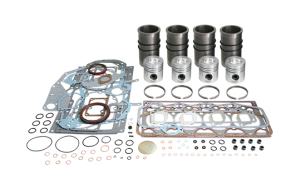
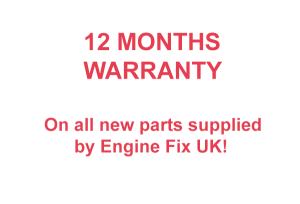

 Just Template IT
Just Template IT